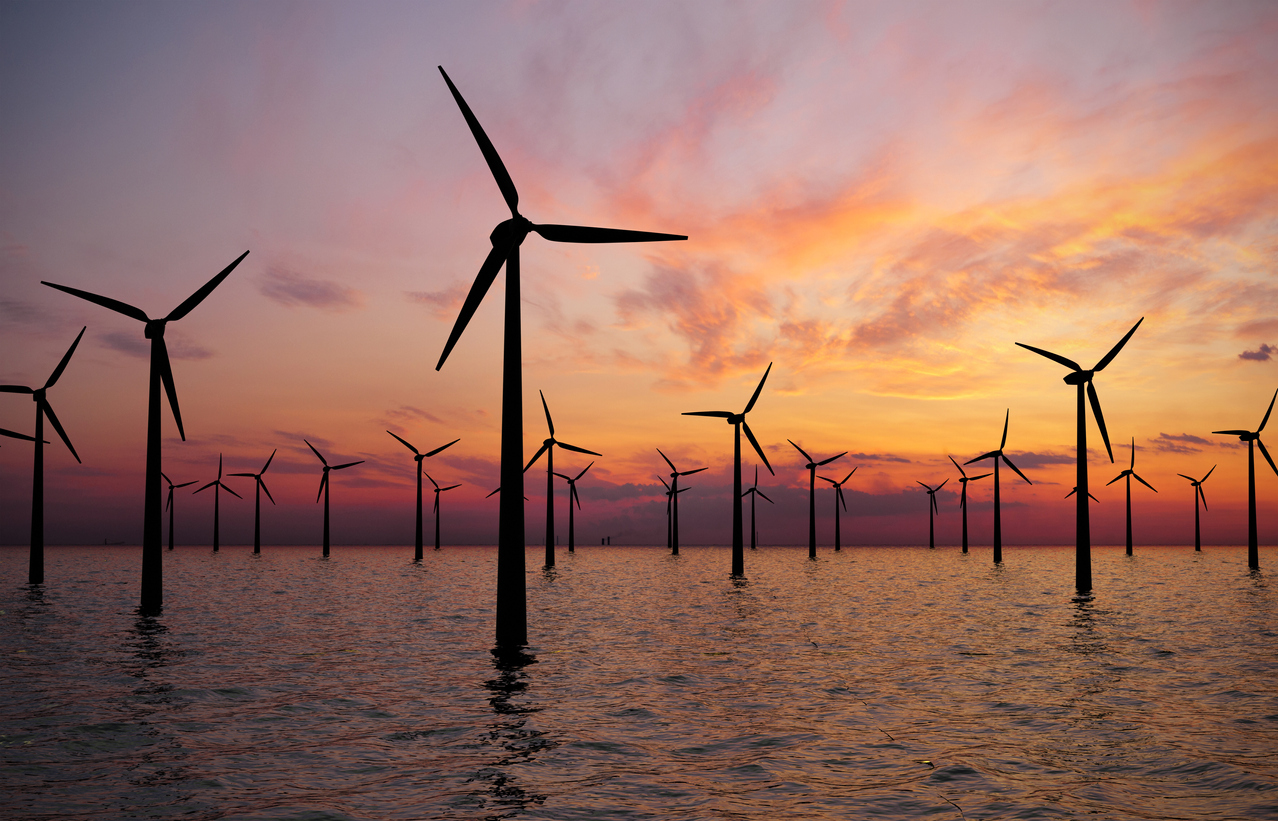Aerodynamic and Aeroacoustic Wind Tunnel Tests at Large Scale in the Poul la Cour Tunnel
European-American Collaboration in Wind Energy Seminar Series

8:00 – 9:00 am MDT
Christian Bak
Christian Bak is a professor in rotor aerodynamics for wind turbines at DTU Wind and Energy Systems. He is head of the section Airfoil and Rotor Design and heading the new Poul la Cour Tunnel, that is a large aerodynamic and aeroacoustic wind tunnel dedicated wind energy. He has carried out research at Risø Campus since 1997 within theoretical and experimental airfoil and rotor aerodynamics. He has been designer and co-designer of the wind turbine dedicated Risø airfoils, which are used on MW rotors. Also, different concepts of rotor design have been investigated, e.g. he is co-inventor on the use of active trailing edge flaps for wind turbines. Examples of his activities are the detailed aerodynamic full-scale measurements on a 2 MW wind turbine rotor in the so-called DAN-AERO MW project, several wind tunnel measurement campaigns, principal organizer and project leader of the establishment of the artificial DTU 10 MW reference wind turbine and leading projects to investigate the influence of blade leading edge roughness on the aerodynamic performance. Finally, he has been the project leader of the establishment of the Poul la Cour Tunnel in Denmark.
ABSTRACT The size and the volume of wind turbines are growing and this is increasing the demands for maximizing the performance, decreasing the noise emission and increasing the reliability. Therefore, a continuous effort in optimizing the aerodynamics and the aeroacoustics for wind turbine rotors is ongoing. An important tool in this process is a wind tunnel. The Poul la Cour Tunnel (www.plct.dk) was inaugurated 10 April 2018. This wind tunnel is in terms of power the biggest university owned wind tunnel in the world and is designed to support wind energy purposes. At this webinar exactly six years after the inauguration, the wind tunnel with its heavy instrumentation and the gained knowledge will be presented. With a test section 3 m wide, 2 m high and 9 m long and flow speeds up to at least 105m/s high Reynolds numbers can be obtained to support the increasing sizes of wind turbines. Much focus has during the years been on development of test methods for blade sections (airfoils), where the aerodynamic and aeroacoustic performance can be measured. This is possible because of the two test section configurations, where one is with hard walls and optical access, and another is with Kevlar walls and the possibility of aerodynamic noise emitting through the walls. Apart from the performance of the wind tunnel, also several examples of tests will be presented such as aerodynamics of thick airfoils, eroded airfoils and dynamic stall – and aeroacoustics of eroded airfoils and airfoils with serrated trailing edges.